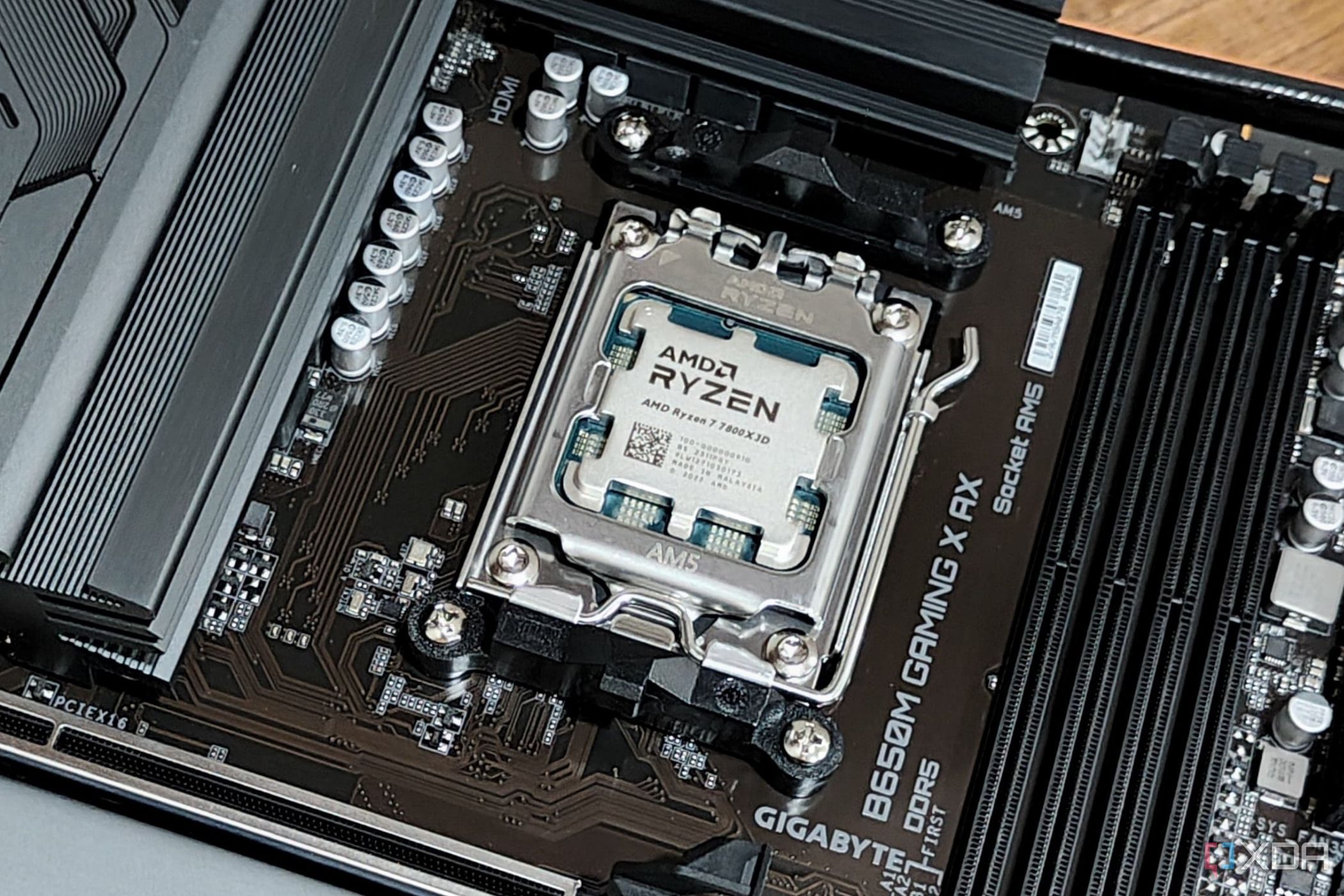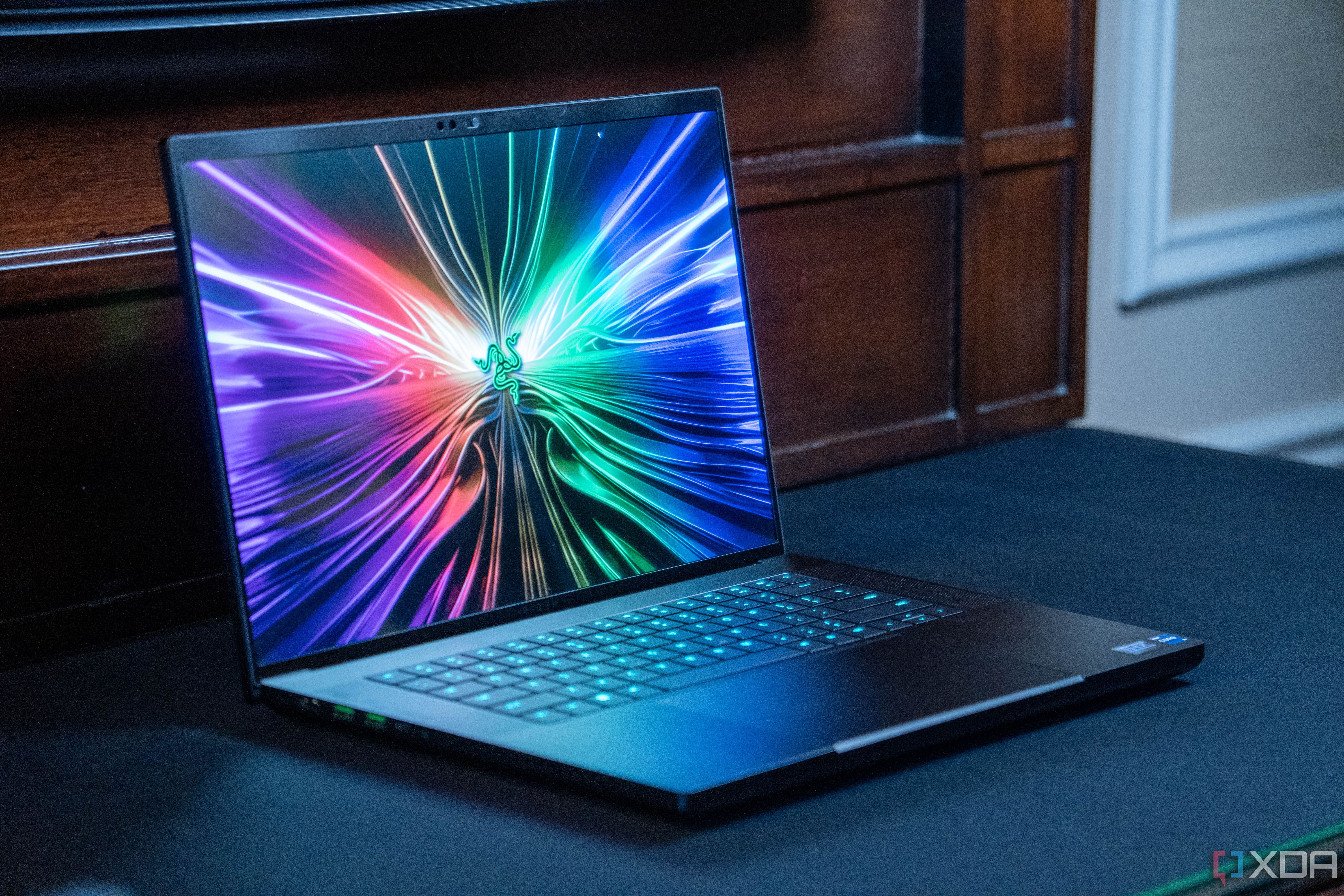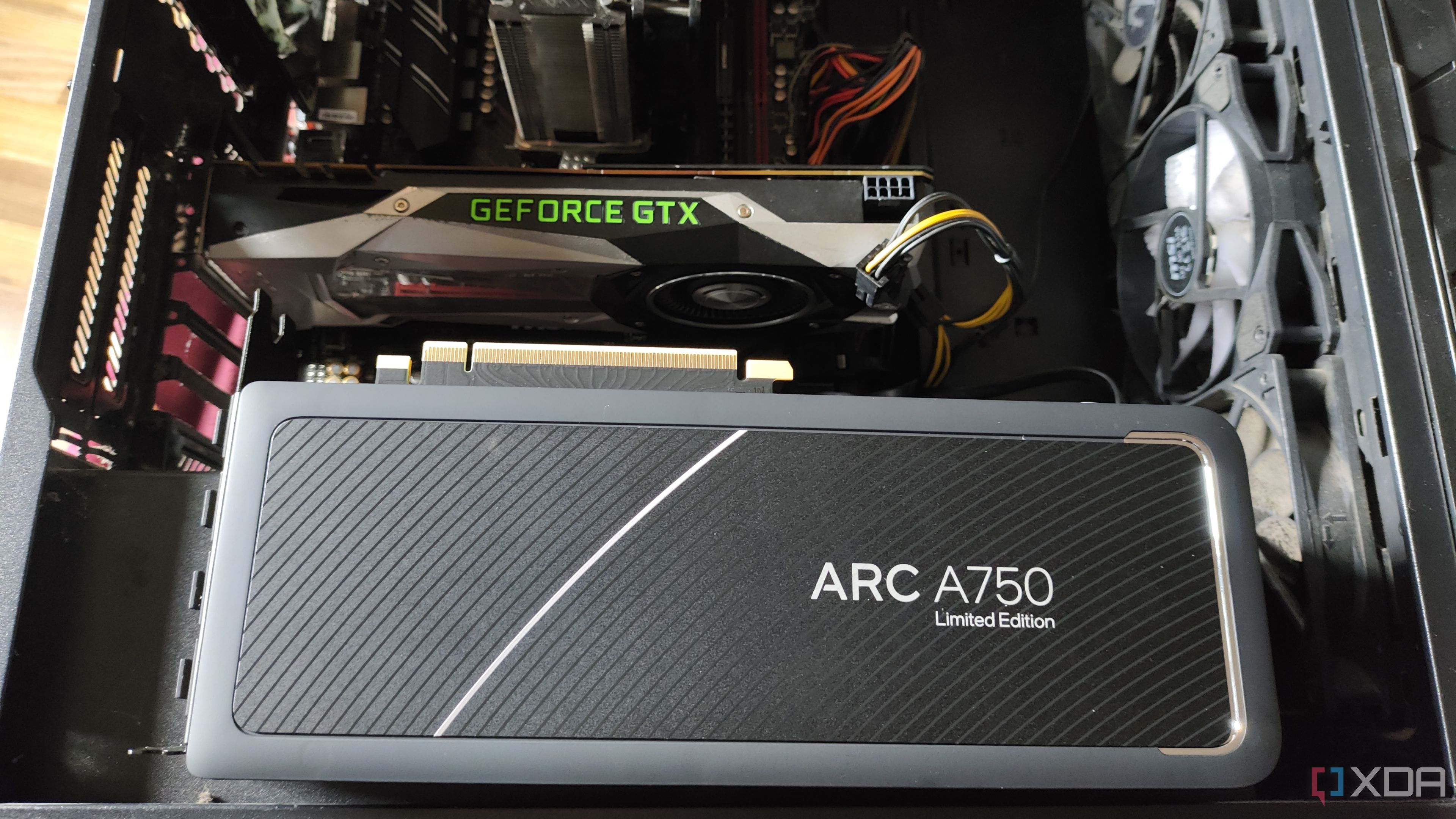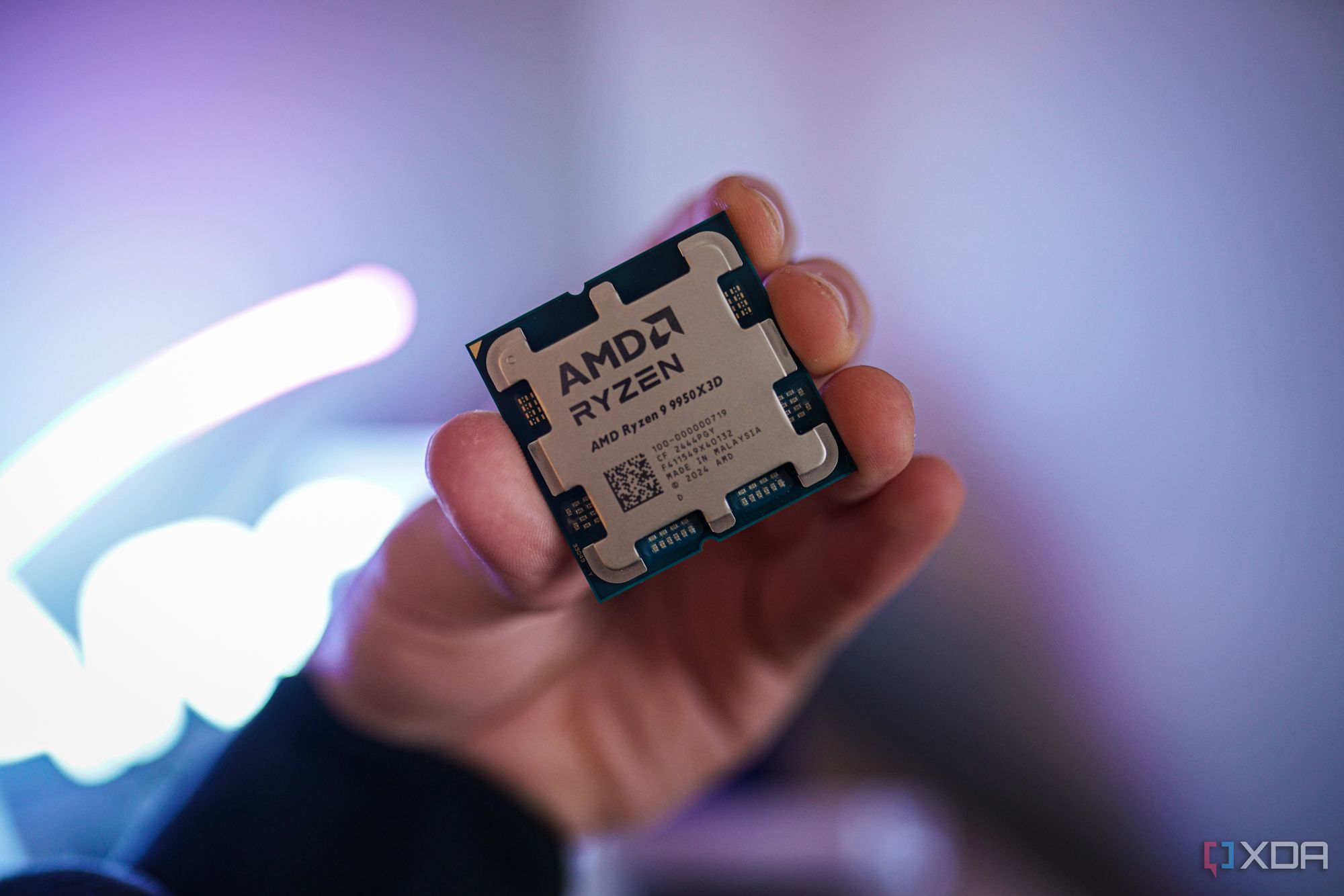Undervolting has seen a massive surge in popularity over the past few years, and for good reason. As AMD and Intel look to squeeze every drop of performance out of their CPUs, the headroom for overclocking has become less and less for most PC builders — assuming you don’t have a tank of LN2 hanging around at all times, that is.
Without easy overclocking wins, you turn to undervolting, trying to get the most efficient performance out of your processor, and hopefully reducing your temperatures in the process. The problem with undervolting is that it’s very easy to misunderstand, so it’s high time to dispel some common myths about it.

Related
4 mistakes people make while undervolting their CPU or GPU
You can't just lower the voltage and expect your desired results
4 Undervolting is the opposite of overclocking
Used to contrast, not compare
Better get this one out of the way now. Although never strictly stated, undervolting is usually implicated as doing the opposite of what overclocking accomplishes, but that’s not the case. You can think of undervolting and overclocking as cousins. They’re related, and they’re both interested in accomplishing their own goals.
Undervolting is simply concerned with how much voltage you feed your processor for a given frequency. Let’s say at 5.1GHz, your processor gets 1.3 volts from the factory. Undervolting is when you feed the processor, as an example, 1.25 volts while still achieving 5.1GHz. That’s it.
Outside overclocking, undervolting sometimes also gets wrapped up in underclocking or power-limiting your CPU, neither of which is directly related to undervolting. It’s easy to see why this conflation is made, too, as features like AMD’s Precision Boost Overdrive (PBO) allow you to set a power limit while also undervolting your chip.
It’s important to draw a line in the sand first here, as a lot of the misconceptions about undervolting can largely be traced back to the tweaks it’s compared to (like power-limiting) and contrasted from (like overclocking).
3 Undervolting will lower your performance
On its own, undervolting shouldn't change your performance
Undervolting shouldn’t lower your performance, at least not on its own. In fact, it can even improve your performance due to the boosting characteristics of modern CPUs. Going back to our original definition, undervolting is only concerned with how much voltage you feed your processor for a given frequency.
However, undervolting is one step in a larger chain of tweaks you can make to your processor to help it run more efficiently, and that’s why this misconception is around in the first place.
Undervolting helps reduce your temperatures while operating within the stock frequencies of your CPU. You feed it less power, it generates less heat. You can push this idea further by setting a power limit, basically telling your CPU that, now that you’re running more efficiently, you want to stay in that range rather than push to maximum boost clocks.
That is an excellent route to take, especially in small form factor PCs and PCs built primarily for gaming, as maximum boost clocks aren’t the first concern in these rigs. When you combine undervolting with some sort of power limiting, you sacrifice performance for much better efficiency. Undervolting on its own, however, shouldn’t reduce your performance, and you can actually use it to achieve higher peak performance.

Related
4 reasons to undervolt your laptop's CPU
Undervolting is not only safe but also beneficial to your laptop
2 Undervolting is something you can only do with a CPU
Some GPUs benefit a lot from an undervolt
There isn’t anyone out there nefariously peddling myths that you can only undervolt your CPU, but undervolting is usually discussed in the context of your CPU. And that’s for a good reason. Modern GPUs don’t always have a ton to gain from undervolting, though it is possible to apply a voltage offset through tools like GPUTweak III or MSI Afterburner.
For some GPUs, however, undervolting can make a big difference by allowing you to achieve higher boost clock speeds. A great example of this is with Nvidia’s RTX 30-series GPUs. The stock voltage on these cards is high, supposedly to improve the yield rate from Samsung’s 8nm node that this generation was built on. Depending on your silicon, you can push the voltage down significantly, therefore allowing you to achieve much higher clocks.

Related
4 reasons you should undervolt your GPU
Undervolting isn't as scary as it sounds and the advantages you can gain from doing so are well worth it
1 Undervolting settings are the same across CPUs
Still a matter of the silicon lottery
This is less of a myth and more of a PSA. I constantly see questions about what the best settings are for a particular CPU when it comes to undervolting. You can find articles, Reddit threads, and random comments around the internet about the best undervolting settings for a particular CPU, and that’s not a bad thing. These posts and comments are great for pushing you in the right direction. But they aren’t the destination.
Ultimately, how far you can push an undervolt on your CPU is up to the silicon lottery. Just like with overclocking, your silicon quality determines what you’re able to achieve. That’s true even between two CPUs that carry the same name. If you took two random Ryzen 7 9800X3Ds off the shelf, you’d probably be able to push one undervolt further than the other before hitting instability issues.
That doesn’t mean you should just start turning knobs and write off these posts wholesale. It’s a good idea to do some research into your particular chip, if nothing else than to get a good idea about what an undervolt looks like, so you can make more informed choices. Maybe you only want a moderate undervolt, or maybe you want to push things to the extreme. Getting some reference points will draw those boundaries.
A great tool to have around
I’ve had a consistent undervolt running on my CPU for years, and I love it. You’re basically trying to get the most efficient performance out of your particular piece of silicon, and you might be surprised at how much tolerance there is in the voltage/frequency curve from the factory. Even if you aren’t trying to combat fan noise or thermals, I’d give undervolting a shot.
.png)












 English (US) ·
English (US) ·